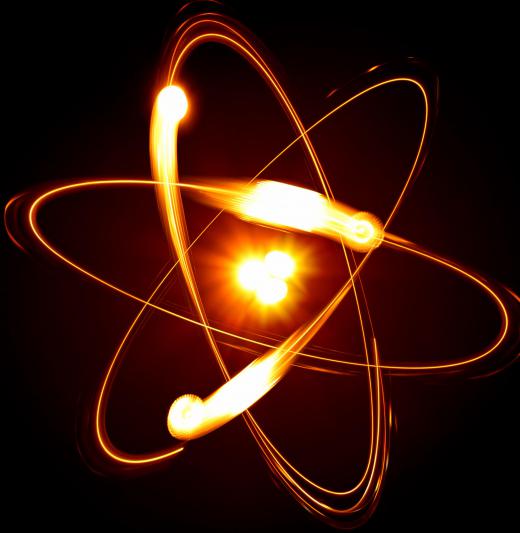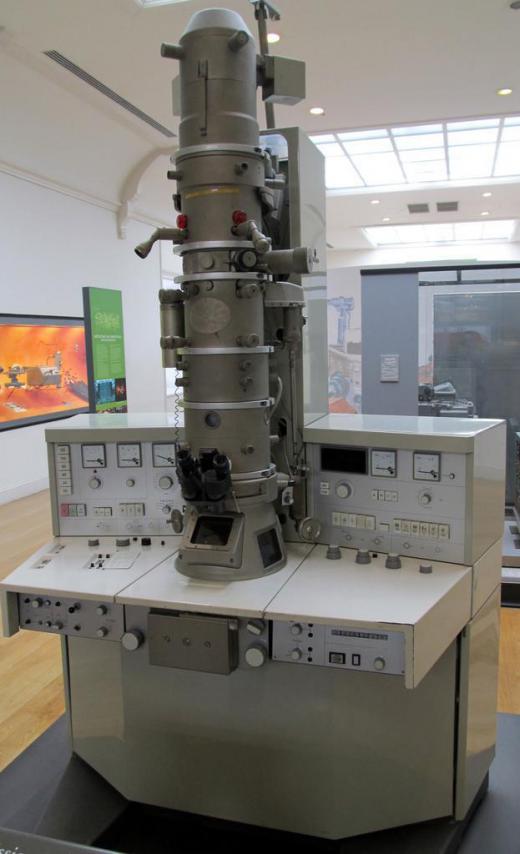What Is a Neutron Beam?
A neutron beam is a stream of neutrons, which are subatomic particles that have no electric charge and are found, along with positively charged protons, in the nuclei of all chemical elements except the most common form of hydrogen, which has only a proton. Although neutrons are stable in the nucleus, a free neutron decays into a proton, an electron and another particle called an electron antineutrino; isolated neutrons have a half-life of a little more than 10 minutes, which means that after this period, half of the neutrons in a given sample will have decayed. Free neutrons are produced by nuclear fission, for example in a nuclear reactor, and can be generated in particle accelerators. A neutron beam has many important applications in materials science, medicine and security.
Neutron beams normally are produced using neutron generators, which are particle accelerators that fire deuterium or tritium ions into targets containing deuterium, tritium or both. Deuterium and tritium are isotopes of hydrogen containing one and two neutrons, respectively. The fusion of deuterium and tritium produces neutrons that can be focused into a neutron beam. Neutron generators of this type can be relatively small and portable.

Although most forms of radiation interact with the clouds of electrons that surround atomic nuclei, neutrons, being electrically neutral and not a form of electromagnetic radiation, interact only with the nuclei, which are very small in relation to the whole atom. A neutron beam therefore is very penetrating and can show the positions of atomic nuclei within a sample of material. Unlike X-rays, neutron beams can easily penetrate heavy metals such as lead but also will interact with light elements such as hydrogen and carbon. According to quantum theory, all subatomic particles can behave as waves, so neutrons have wavelengths. This enables a neutron beam to be fine-tuned; both the wavelength and the energy of the beam can be adjusted to detect specific materials.

The special properties of neutron beams have given rise to a wide range of applications, in particular as an alternative imaging technique that can be employed in situations where X-rays are not effective. They can be used to examine the internal structures of materials, such as detecting cracks and cavities in metal components, and to determine the atomic and molecular structures of compounds. Their ability to detect lighter elements yet pass through heavier ones allows neutron beams to be used for security checks. They can detect concealed explosives or radioactive material, for example. Neutron beams also have important medical applications, most notably in the treatment some forms of cancer; neutron radiotherapy can destroy tumors which are resistant to conventional radiotherapy treatments.
AS FEATURED ON:
AS FEATURED ON:














Discuss this Article
Post your comments